Wise Use
Case Study
2017 Caodi wetland envieonment and ecological resources and simulated conservation plan.
Date:2019/05/09
Number of Visitors777
Project title
2017 Caodi Wetland environment and ecological resources and simulated conservation plan
Project executive agency
Nantou County Government
Project execution team
Endemic Species Research Institute
Features of wetlands
Caodi Wetland is a barrier lake. The Common Cryptomeria and Taiwanese red cypress are dried and dead because of soaking in the water that covers about 2 hectares of the area. It constitutes a special landscape with tall dried trees and water vegetation. Covered with clouds and mists throughout the year, it has become a famous scenic spot – “Lotus Forest”.
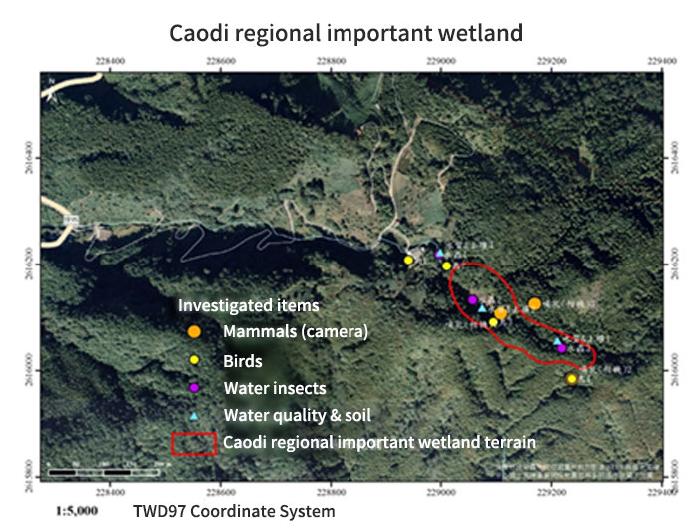
Caodi rigional important wetland
Accomplishments of the restoration plan
Caodi Wetland is rich in diverse organisms, most of which are wetland dependent. According to the survey in 2017, it indicates that there are 7 species and 9 types of mammals.
Class II conserved species: Crab-eating Mongoose, Formosan Serow, and Civet Cat
Class III conserved species: Formosan Reeve’s Muntjac and Formosan Macaque
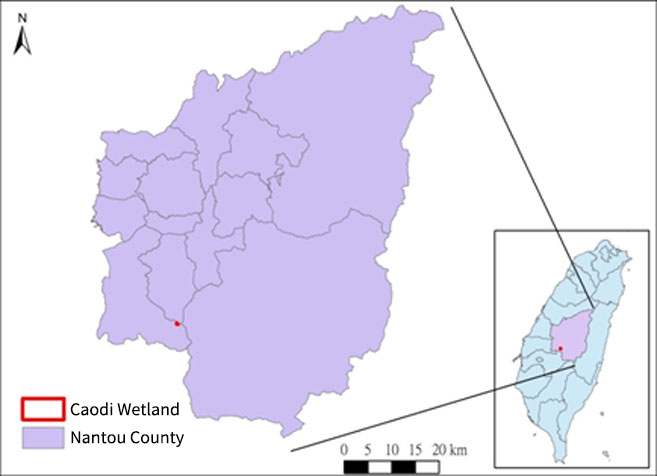
Caodi wetland,Nantou County

Caodi wetland
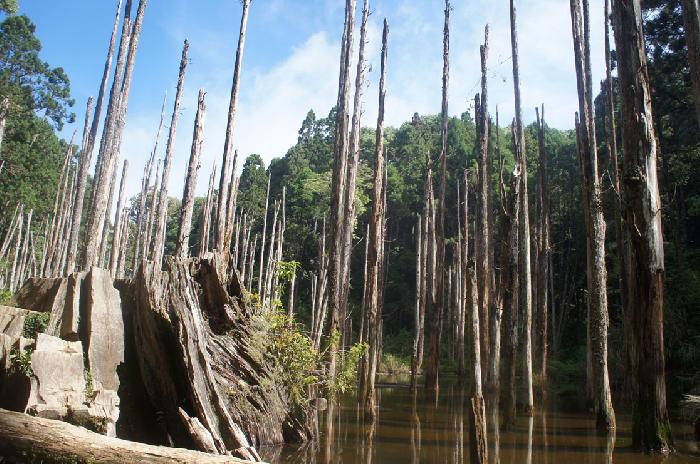
tall dried trees
Bird: 20 species and 33 types, with resident birds as the major population
Class II conserved species: Crested Serpent Eagle, Sparrow Hawk, and Moutain Scops Owl
Class III conserved species: Green-backed tit, Taiwan Barwing, Vivida Niltava, and White-tailed Robin
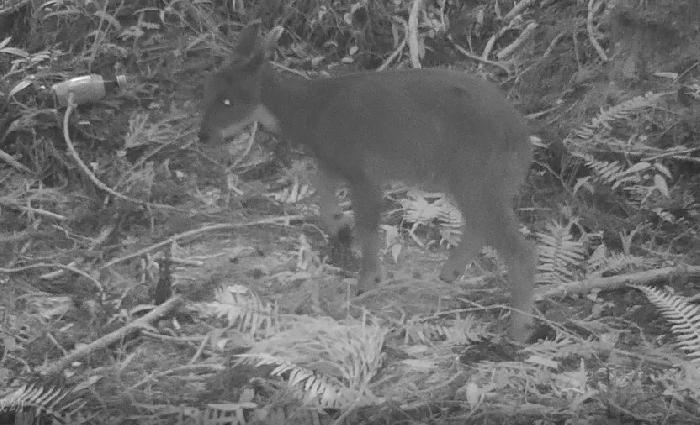
Formosan Serow (taken by infrared camera)
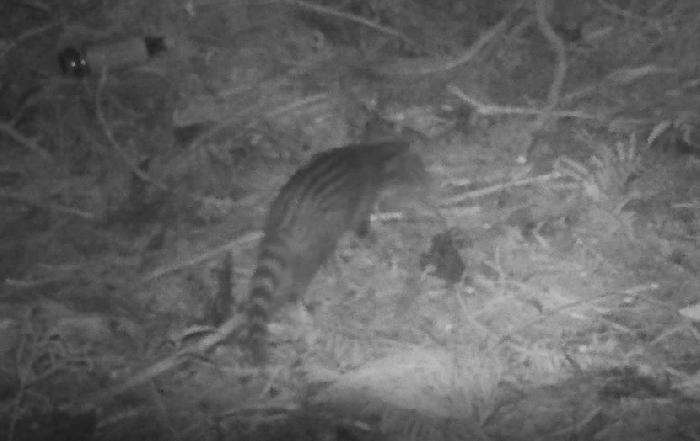
Civet Cat (taken by infrared camera)
Among the birds, only the Pale Thrush, Dusky Thrush, and Grey Wagtail are migrant birds in the winter and the Ferruginous Flycatcher is a migrant bird in the summer. All other birds are resident birds.
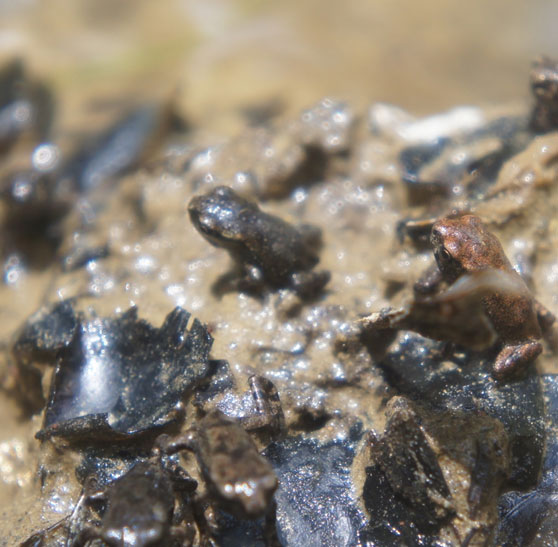
Central Formosan Toad
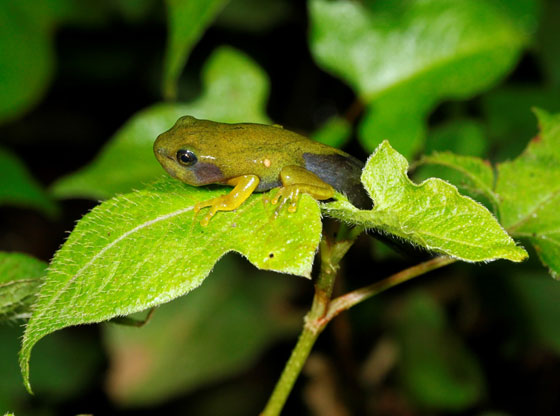
Moltrechti’s Green Treefrog
Amphibians: According to the record, there are 3 species, 8 types of frogs, and 1 specie and 1 type of snake among the amphibians. Among them, Moltrechti’s Green Treefrog, Buergeria Robusta, Swinhoe’s Brown frog, Bufo Bankorensis, and Achalinus Niger are endemic species in Taiwan.
According to preliminary verification, there are 21 species, 26 types of aquatic insects, which are rather diverse. With the family-level biotic index of aquatic insects, water sources represent the index of good water quality with more index insects. However, there is no water supplement in the pond, with plenty of sediment, at the entrance, most of them are dirt tolerant species.
The investigation data shows that this wetland has ample resources, worthy of further monitoring and investigation
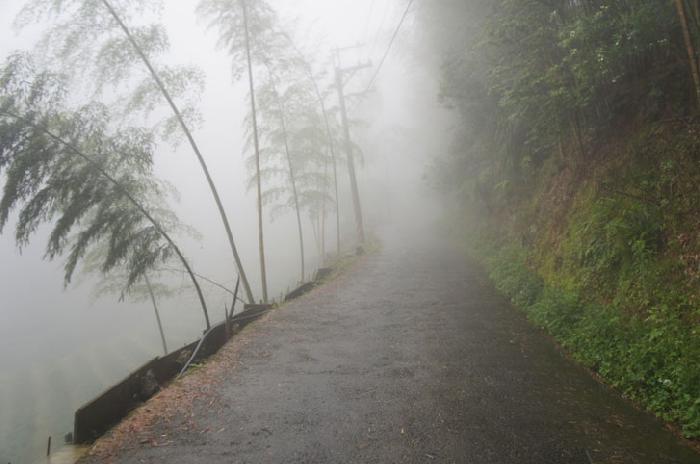
Surrounded by clouds and mists
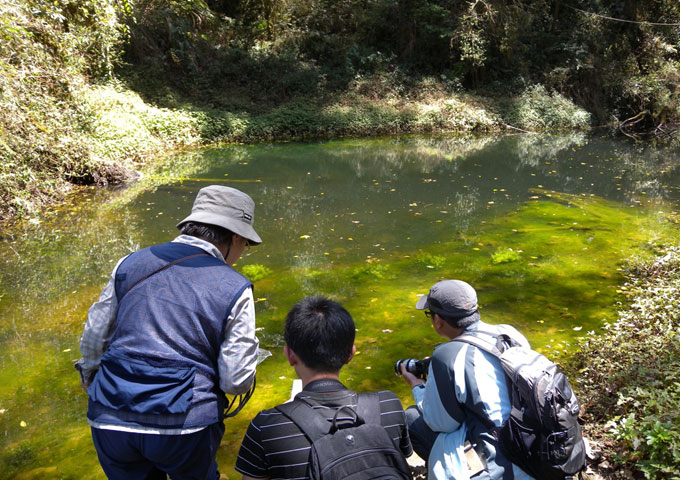
Caodi regional important wetland
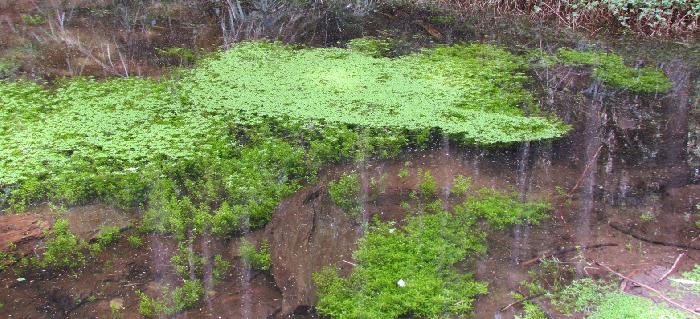
Vernal Water-Starwort
